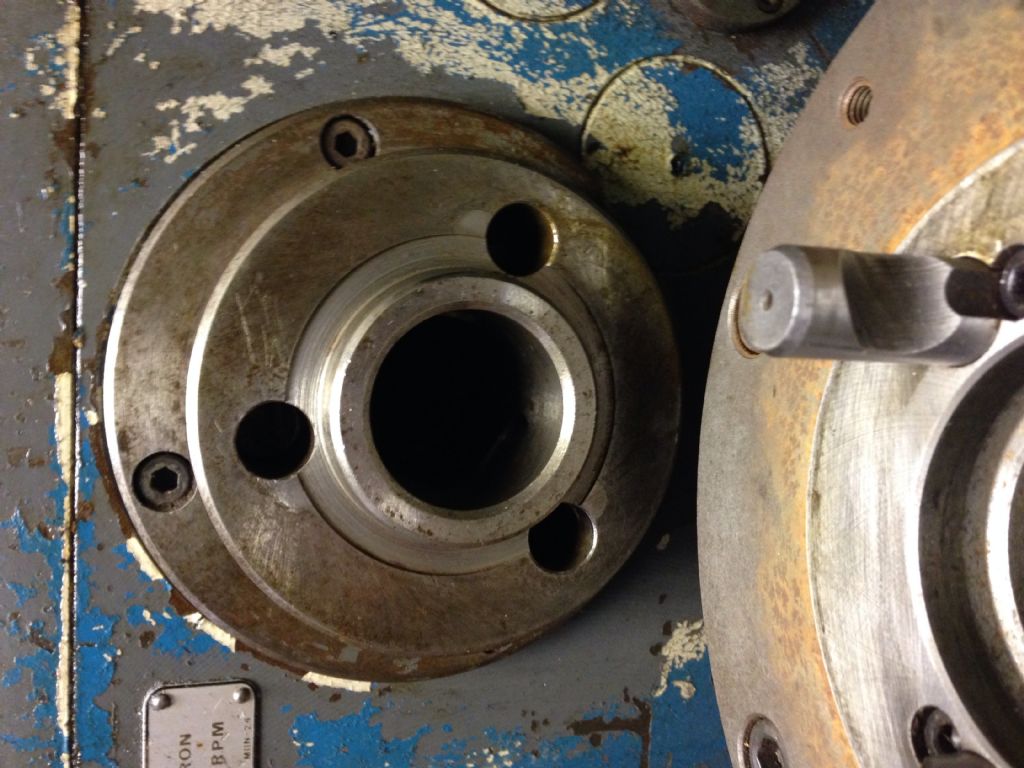Rob
You asked what I meant by a stub taper – well it's simply a standard taper but cut short, about half the normal length, keeping the same angle – the small end is removed leaving the larger end. The reason for doing this is that you still get the benefits of using a standard taper, alignment and drive, but it allows a greater through bore size on the machine spindle without having the make the OD of the spindle larger to contain a larger taper size – economics!
The sizes that you quote would strongly suggest MT5 from the open end, but the smaller diameter you quote is way above the small end of a MT5 taper – but a lot smaller than the small end of a 6MT. So you've something between the two.
Now to positively identify the taper in the absence of a male MT5 you will need to measure the axial separation between the two diameters.
I have the same issues on a lathe I have, badged as an IXL Leader and with an IXL bed (lathes.co.uk) but the headstock is a Colchester Master – re-badged as IXL. That has a short taper in the spindle, but even more fun it's was it know as a MT4.5 ie part way between the 2 standard sizes – try finding that in a catalogue!
Your best bet is to borrow a male MT5 taper of some sort, blue it up and check the fit in the spindle. If the fit is OK at least you know what to look for. If not then it's head scratching time again. Your lathe is of Indian manufacture I believe so I would hope that they've used standard Morse taper angles but there are a host of other standard tapers that it could be, the most common other candidate being the Browne and Sharpe, but the larger diameter doesn't seem to coincide with any the the standard sizes there.
Keith
Edit – Just seen Martin's suggestion above, posted while I was typing. Different way to skin the cat really using the finger gauge to accurately measure the taper to check the angle.
Edited By Keith Long on 05/02/2014 11:42:59
Gordon W.





